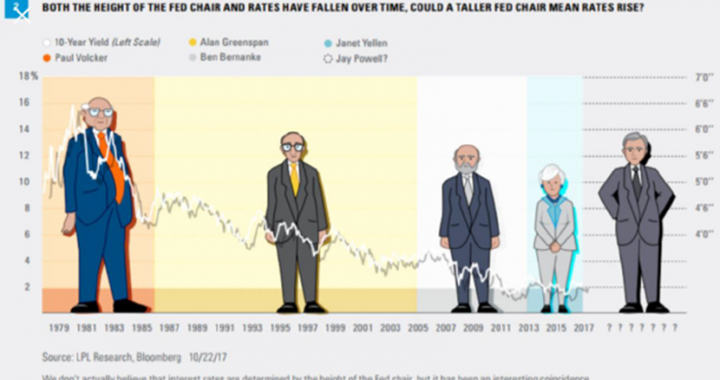The most watched of US indexes yielded slight ground during the week ended May 18, with the S&P500, Dow, and Nasdaq each sliding between -0.5% and -0.7%. Bonds continued to experience downward price pressure with key interest rate benchmarks resuming their inching-up. Weaker equity performance however comes on the heels of an eight day winning streak for the Dow, and an S&P500 that remains nearly +2.5% higher than it was at the end of April. Most interesting perhaps is that what are often thought of as the more economically sensitive and risk-seeking sectors including Small-size companies, industrials and the transports, actually continuing to climb, creating an interesting and arguably positive divergence when looking beneath the surface.
Monthly Archives: May 2018
Robust Earnings More Than Just a Tax Cut Story – Week Ended 5/11/18
US equities rebounded in the second week of May, with the broad S&P500 climbing by +2.4% and more cyclically sensitive areas of the market faring even better (Dow Transports +3.3%; Small-Caps +2.9% at the expense of defensive industries like Utilities -2.1%). The strong weekly performance was likely the combined result of unfaltering strength in 1Q earnings season (nearing a conclusion), softer than expected readings on inflation, and tough trade & tariff talk that seems to be thawing (obviously the situation is fluid and could reverse again quickly). On the geopolitical front, the US also recorded a win from N. Korea with the announced release and return of 3 prisoners back to home in the US.
Tone Change – Commentary for May
Market participants appear to believe inflation is back and will be sticking around. That’s affecting how investors perceive the outlook and direction for the bond and stock market. As such, this may be the first time since 1990 that diversification benefits achieved by mixing bonds and stocks together are changing. Since late January, both stocks and bonds are caught in the crosscurrents of increased negative activity in Washington DC, namely tariffs and possible trade wars. Add tax reform and fiscal spending which are boosting the prospects of rising federal deficits. The markets are also aware 2018 is a mid-term election year, wherein the composition of Congress could change. On the opposite side, still low but slowly normalizing interest rates, plus low inflation, plus a lot of money (liquidity) in the financial system, plus high confidence by consumers and businesses, all combine to provide a support backdrop for the economy and financial markets.

